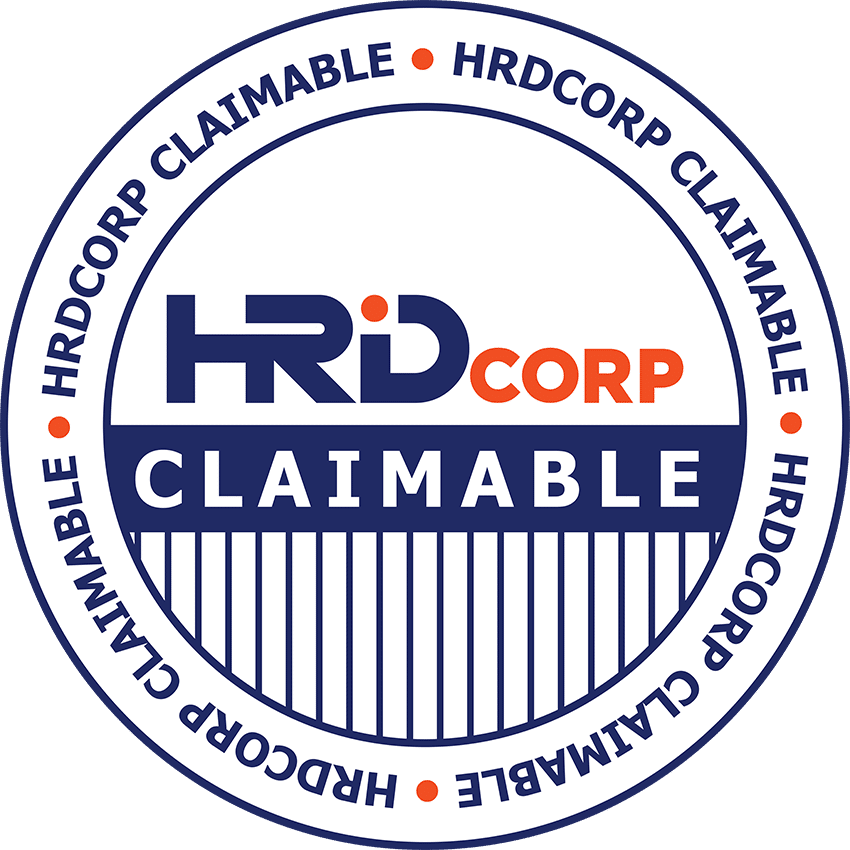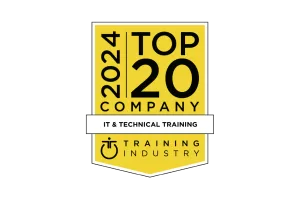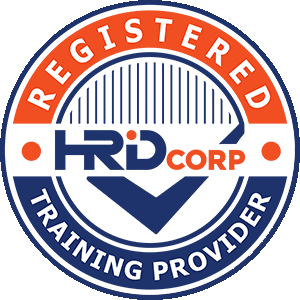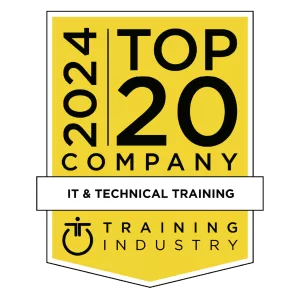Overview
This course is designed to provide an understanding of today’s complex system mainframe environment on the zEnterprise System and System z servers. It is mainly targeted for operators technical support, system programmers, and any others who need to keep current in this mainframe environment. Through lecture and hands-on exercises, you learn how the hardware and operating systems interact.
This course addresses the following topics:
- Mainframes and distributed server comparisons: Why so many servers?
- Mainframe directions: Past, current, and future
- Mainframes: System z introduction and relative performance comparisons
- IBM System z hardware design: Frames, CEC cage, books, models, and MSUs
- I/O infrastructure and processor usage: zEC12 to z10 comparisons
- System z Capacity on Demand
- Physical/Logical partitioning, server initialization, and CHPIDs
- I/O configuration and HCD overview
- MVS to z/OS software overview
- z/OS Parallel Sysplex
- z/OS enhancements on the zPlatform
- z/Architecture overview and virtual addressing concepts
- System concepts: The big picture
- HMC introduction, groups, and activation profiles
- Determining object status and error conditions
- Activation and operating system interface
Skills Covered
- Describe and categorize the various servers that are commonly found in data centers
- Identify and describe workloads that are commonly used on mainframes and distributed servers
- Describe a typical data center with multiple server platforms:
- Why so many servers
- Current concerns and considerations
- Potential future actions
- Identify when the first IBM general purpose mainframe was introduced
- Describe several key IT and mainframe strategies introduced in the 2000s
- Identify current and future data center trends
- Describe why smarter systems are required to meet future requirements
- Introduce the zEnterprise System and describe how it can apply to current and future business requirements
- Describe the basic functions, characteristics, and terminology of System z servers
- Identify and list the various System z servers and hardware models, from zSeries server to the latest zEnterprise EC12
- Identify the number of CPs and specialty processors available to various System z servers
- List relative performance of recent System z servers as compared to previous servers
- Identify and list IBM mainframe servers supporting multiple channel subsystems and z/Architecture
- Identify key components of the zEnterprise System and their purpose
- Describe and compare various System z components:
- Frame layout and cage usage
- Server models, books, memory, and cache structure
- Performance and millions of service units (MSUs)
- Describe and compare I/O infrastructure and processor usage across zEC12 to z10 mainframes
- I/O cages, drawers, and technology used
- PU, cache, and book fan-out connectivity
- Describe how and what System z physical components are used when processing instructions and performing an I/O operation
- Identify System z Capacity on Demand (CoD) options available for planned and unplanned outages
- Describe the CoD provisioning architecture and which servers can use it
- Describe how logical partitioning is used, resource assignments and initialization activities
- Describe mainframe channels, usage, and CHPID assignments
- Describe the purpose and use of HCD
- Identify mainframe operating systems and their supported mainframe servers:
- Describe how the mainframe OS evolved from the System 360 servers to the current zEC12 server
- List some of the major enhancements provided by the recent z/OS versions and to what servers they apply
- List z/OS coexistence and release support strategy
- Describe the various queues that are used to dispatch work
- Describe the difference between a base and Parallel Sysplex
- List Parallel Sysplex main characteristics
- Describe the purpose and use of the coupling facility
- Identify the difference between the following sysplex configurations
- MULTISYSTEM, MONOPLEX, and XCFLOCAL
- Identify and describe the major enhancements provided by the System z software and hardware platform:
- 64-bit architecture, IRD, HiperSockets, MLCSS, MIDAW
- Multiple subchannel sets, zHPF, CPM, HiperDispatch, zDAC
- TEF, RI, DAT2, Flash Express, zAware, and autonomic computing
- Identify processor architectural modes and their supported addressing implementations:
- Bimodal, trimodal, address spaces, virtual addressing, and storage usage
- Describe the various queues that are used to dispatch work
- Use system commands to display active address spaces and identify their current status
- Describe the high level interaction between z/OS, CSS and I/O devices during I/O processing
- Describe the role of the HMC and SE for System z servers
- Identify and change the HMC user interface style
- Identify CPC and image objects usage on the HMC
- Build and customize user-defined groups
- Identify profile types, usage and assign profiles to objects
- Use the Details window to determine object status and assignments
- Describe how and why unacceptable status conditions and hardware messages are presented to the HMC
- Identify the HMC activation process for CPCs and images
- Send messages to the operating system
Who Should Attend
The basic class should consist of lead operators, technical support personnel, system programmers, or anyone in the technical field who requires an understanding of how the current hardware and software interact in the large mainframe environment.
Course Curriculum
Course Modules
Exam & Certification
This course is not associated with any Certification.




